With the arrival of Apple's own Silicon chips, Macs have improved dramatically. During this time, we have already seen the arrival of several different models, starting with the basic ones with M1/M2 chips, up to professional MacBook Pros with M1 Pro/M1 Max. Currently, the offer is closed by the Mac Studio desktop, which can run the M1 Ultra chip – the most powerful chipset from the Cupertino giant's workshop so far. Even though Apple has already come up with the second generation of the M2 chip, which it used in the redesigned MacBook Air (2022) and 13″ MacBook Pro (2022), it still lacks one very important Mac. Of course, we are talking about the best of the best - the Mac Pro.
It could be interest you
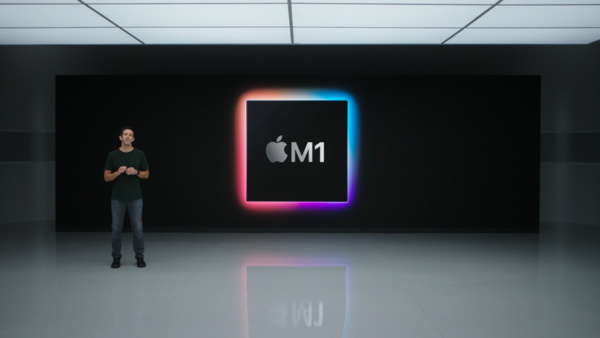
So far, the Mac Pro is only available in a configuration with Intel processors. As Apple has already officially discontinued the first generation of Apple Silicon chips, many Apple enthusiasts have begun to speculate whether the Mac Studio is the successor to the Mac Pro. But Apple itself refuted this when it mentioned that it would leave the Mac Pro for another day. It is therefore a question of how he will actually approach it and whether he is not saving it for later because of the necessary performance. After all, this is what the latest speculations and leaks indicate, according to which we should be just a step away from the unveiling of the most powerful Apple device, but this time with a brand new Apple Silicon chip.
Mac Pro performance with Apple Silicon
Let's pour some pure wine. Apple has no easy task ahead of it, and it will not be easy at all to surpass the capabilities of the professional Mac Pro. By all accounts, however, he should still match him in terms of performance, and even surpass him, which is exactly the moment that fans are impatiently waiting for. The key to success should be the Apple M1 Max chipset. When Apple introduced it in the 14″/16″ MacBook Pro, it didn’t take long for a rather fundamental finding to be made about it. This chip was designed in such a way that up to a total of four M1 Max chipsets could be connected together to form an unprecedentedly powerful component. This hypothesis was subsequently confirmed with the arrival of Mac Studio. It was equipped with an M1 Ultra chip, which in practice is just a combination of two M1 Max chips.
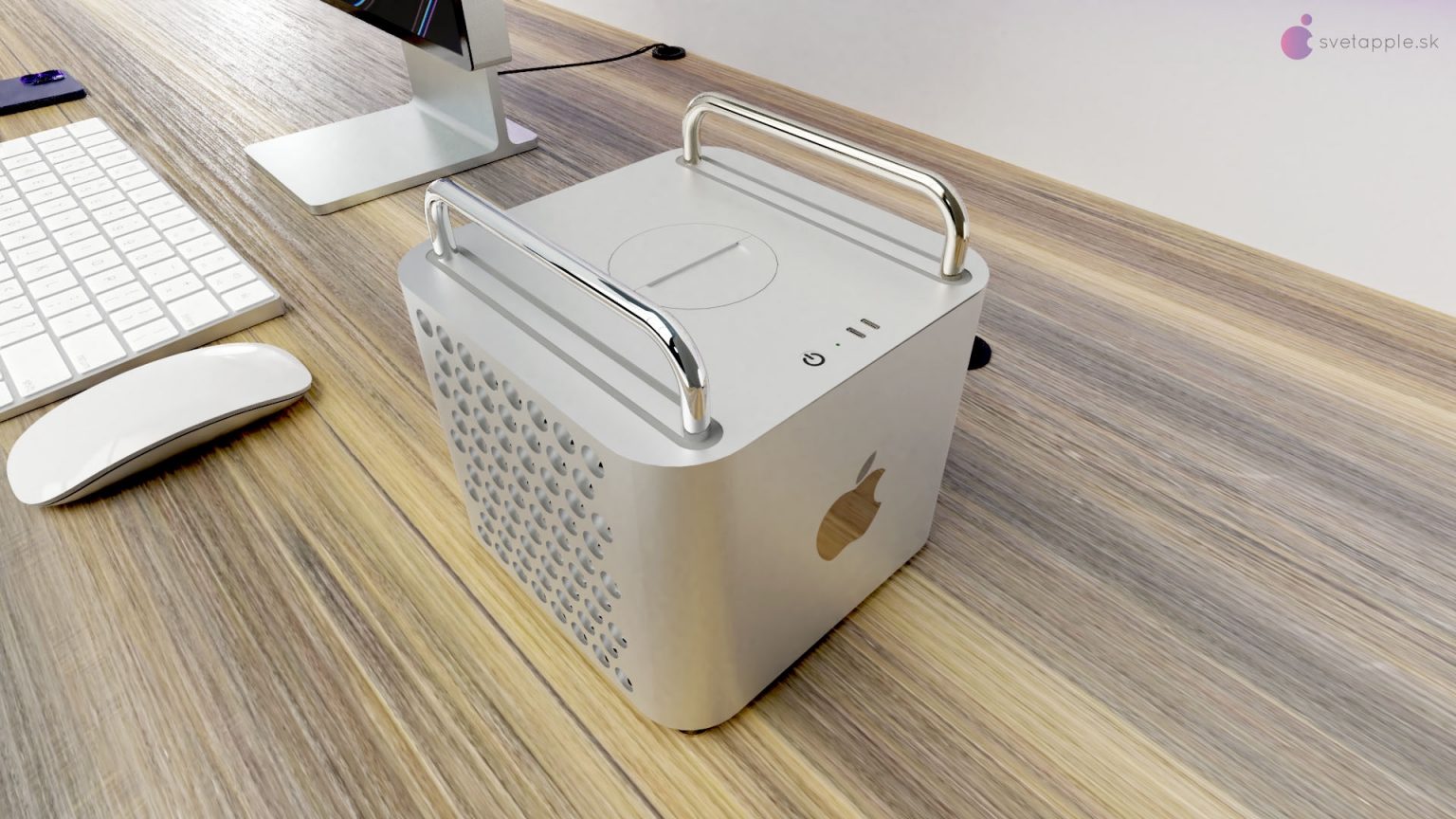
Apple's UltraFusion technology, which can connect two M1 Max chips together without losing performance, is probably the key to the success of the upcoming Mac Pro. That is why this expected computer is expected to arrive in two configurations. The basic one could apparently be equipped with a chipset M2Ultra and boast a 20-core CPU (with 16 powerful cores), up to a 64-core GPU, a 32-core Neural Engine and up to 128GB of unified memory. For the most demanding users, there will be a version with an even more powerful chip - M2 Extremes – which could even double the capabilities of the aforementioned basic version. According to speculations and leaks, the Mac Pro in this variant will boast a 40-core CPU (with 32 powerful cores), up to 128-core GPU, 64-core Neural Engine and up to 256 GB of unified memory.
Apple Silicon as the arch enemy of the Mac Pro
On the other hand, there are also concerns that the whole concept of Apple Silicon will become the main enemy of a product like the Mac Pro. As the most powerful Apple computer, Mac Pro is based on a certain modularity. Its users can improve this model at will, change components in it, and at the same time upgrade the entire device in an instant. After all, thanks to this, when purchasing a device, it is not necessary to immediately choose the most powerful configuration, but to gradually work towards it through the replacement of components. However, such a thing falls apart with Apple Silicon. These are not classic processors, but so-called SoCs - system on chip - which are integrated circuits including all the necessary parts in one system. In such a case, any modularity falls completely. That is why the question remains whether this transition will not become a so-called double-edged sword in the case of the professional Mac Pro.
It could be interest you
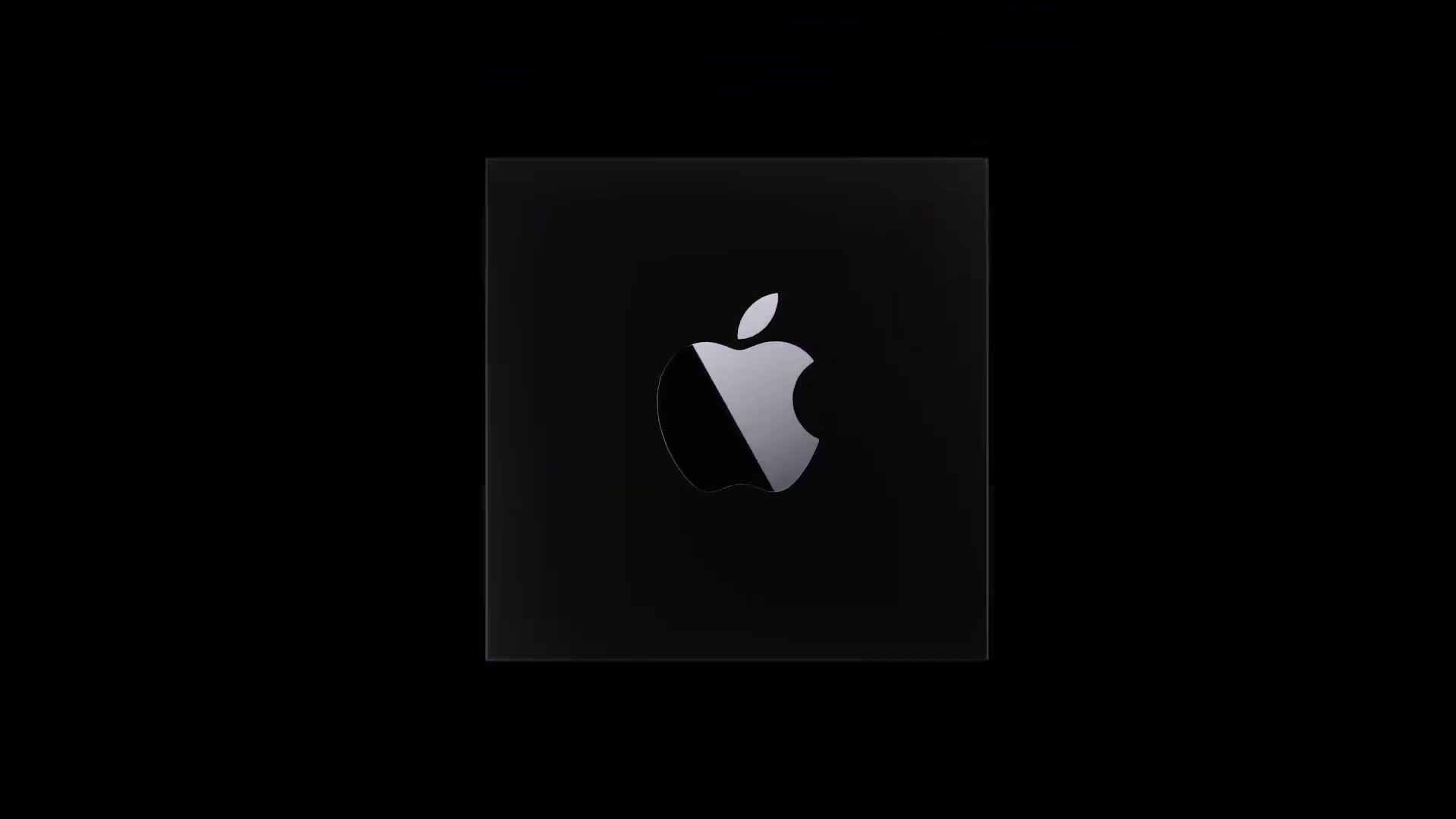
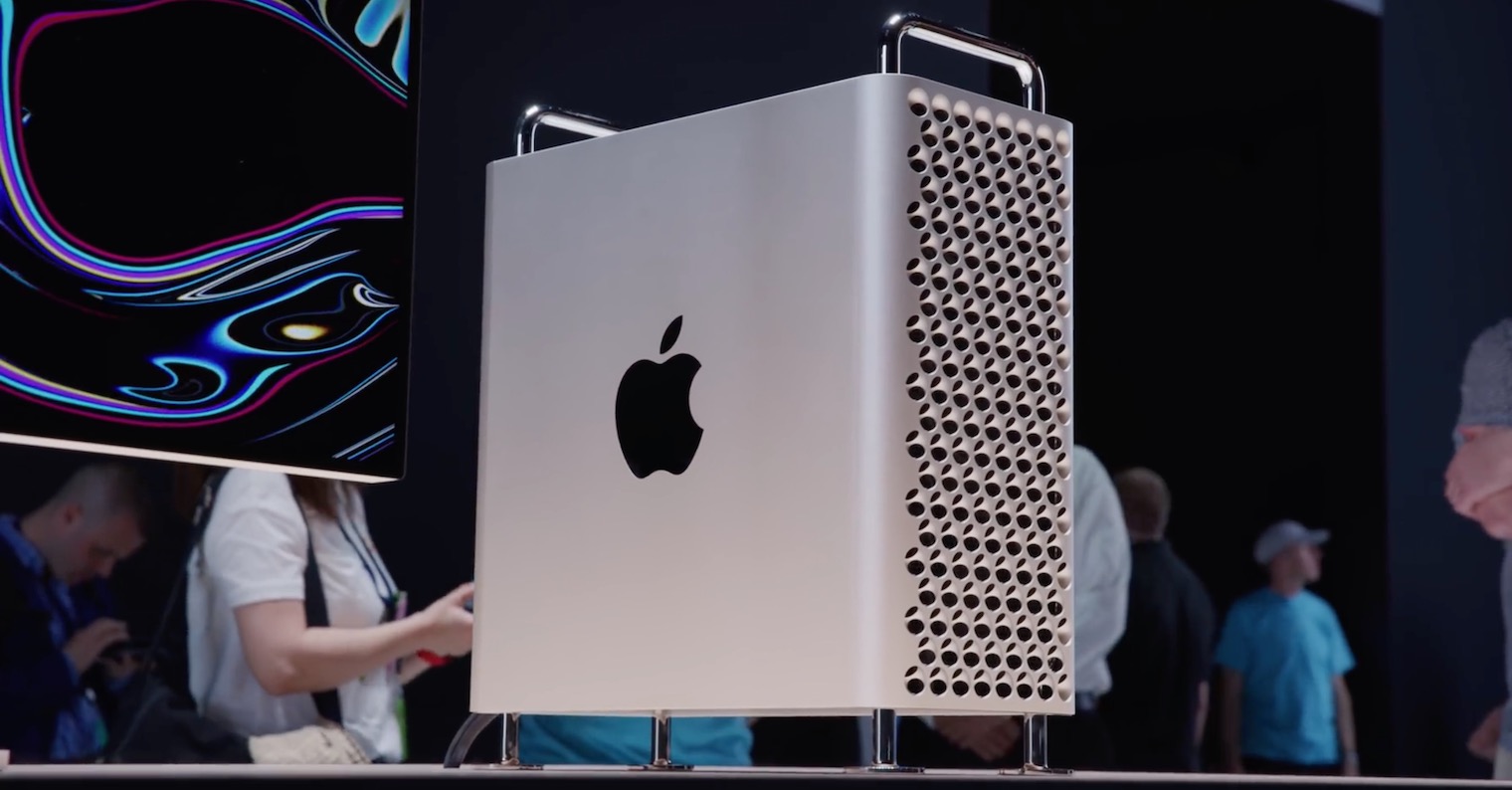
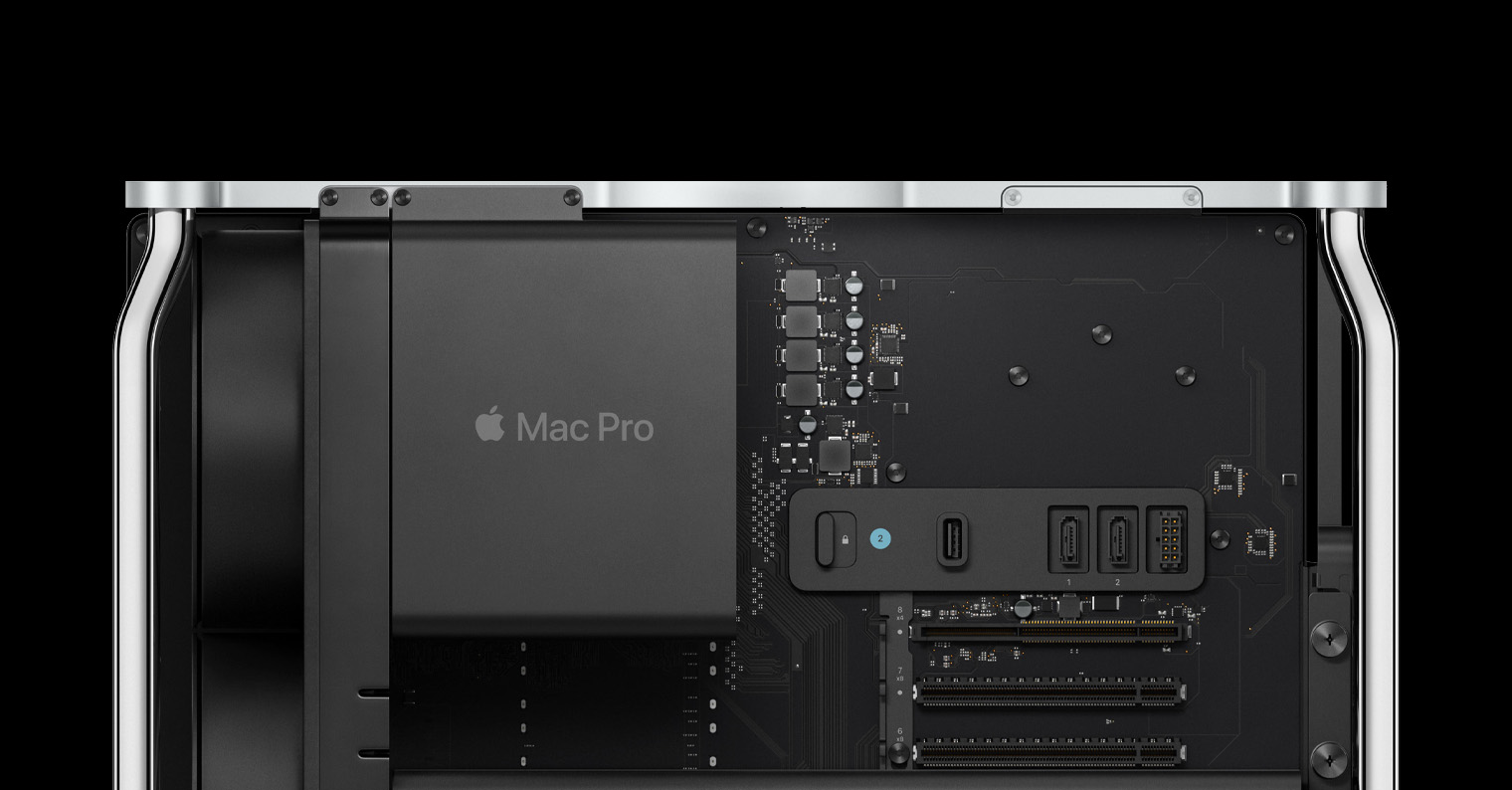
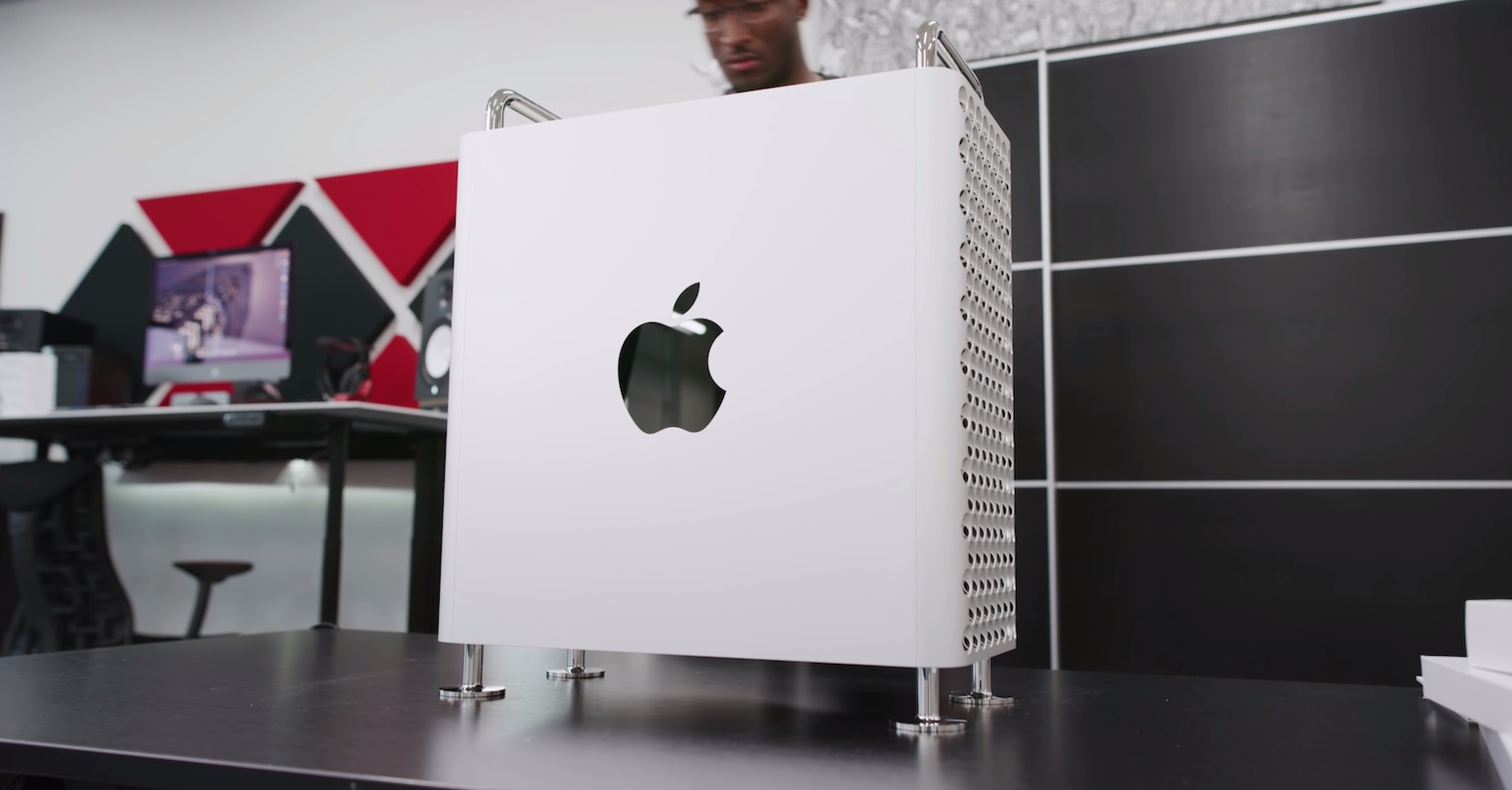
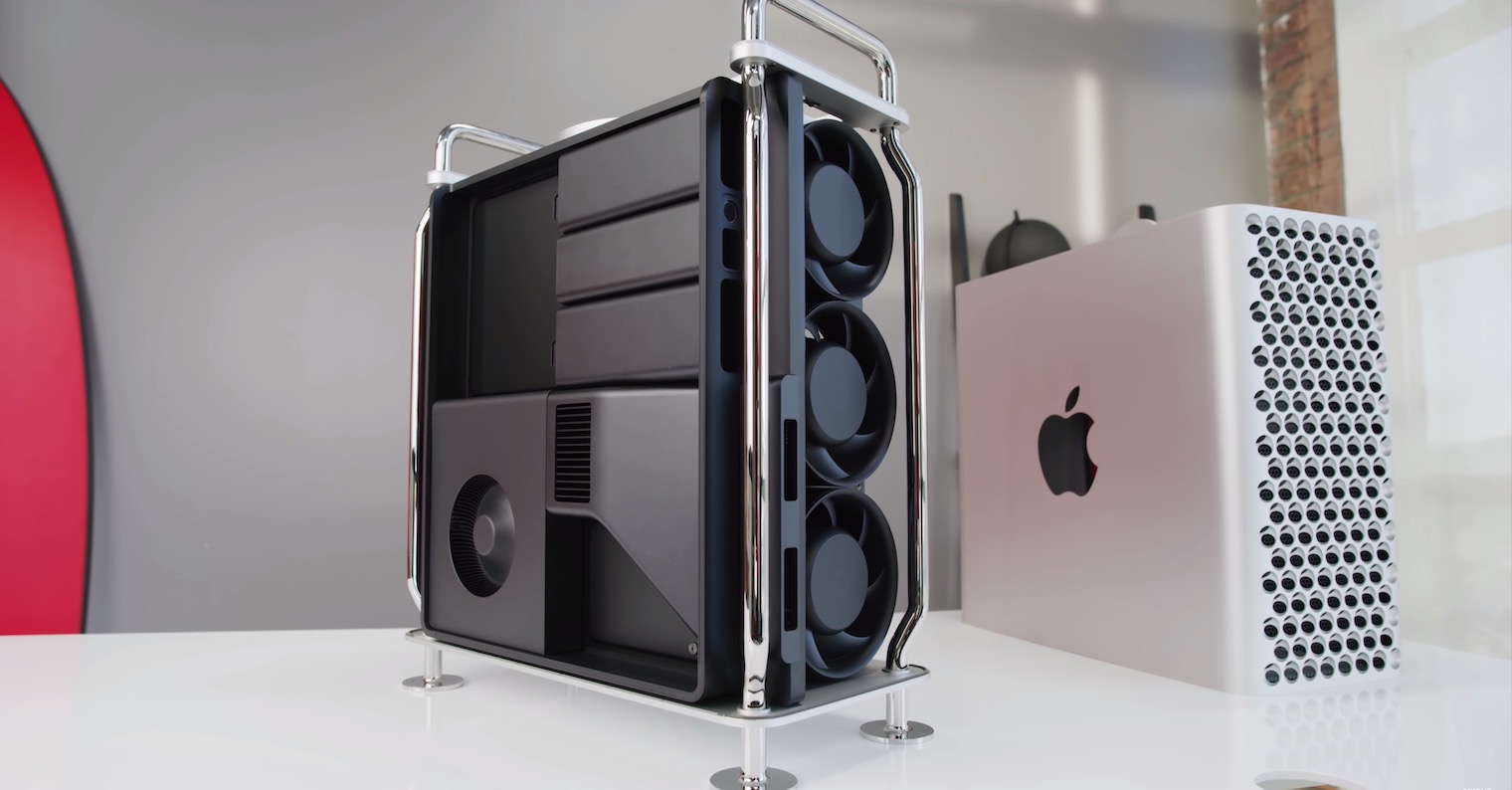
The article neglected to mention the main advantages of the existing MP solution such as ECC memory, server CPU and other technical differences that made the Mac Pro a professional machine. Of course, some modularity is an advantage, but it is not the main thing. It will be interesting how Apple deals with the operating memory. The current model has a capacity of up to 1500 GB of ECC RAM, which does not replace some 256 GB of unified memory in the SOC.
Yes, it's a clove! Exactly, I can think of several solutions that need extended ram. Cache. So. Machines also have super-fast disks, but for professional work, the bandwidth is limiting and the maximum memory size is limited, and the fact that the added memory with regard to the architecture has a lower speed than the SoC, so we'll see, let's be surprised.